Longview Alive! | Week 19
Nature & Recreation at Longview w/Jessi & Exploring the Wood Wide Web w/Aaron
🍁 Seasonal Nature Spotlight
Dogwood buds, blue spruce berries, devil’s tomato and green holly berries are signs that autumn has arrived in full swing.
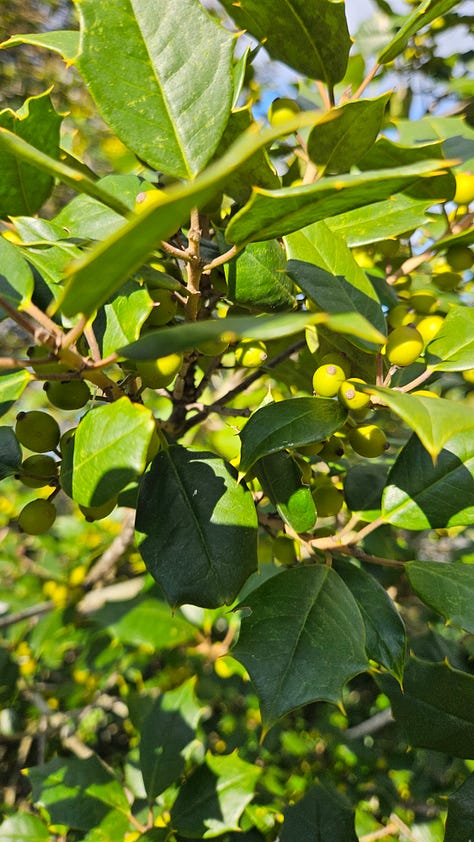
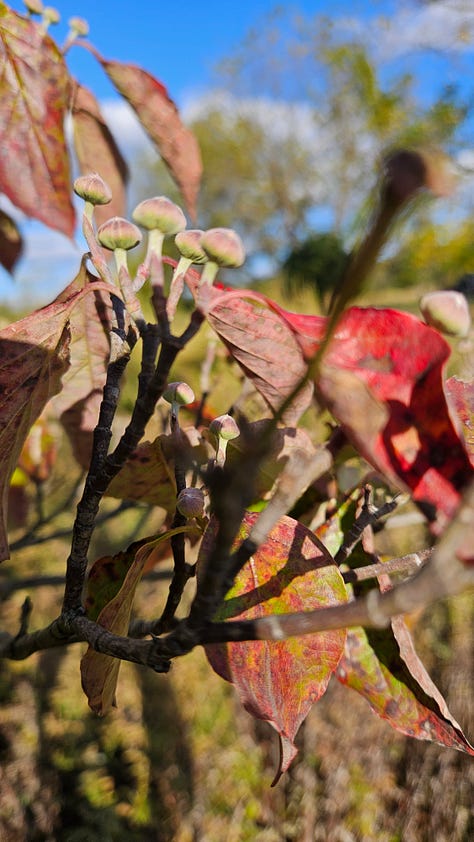
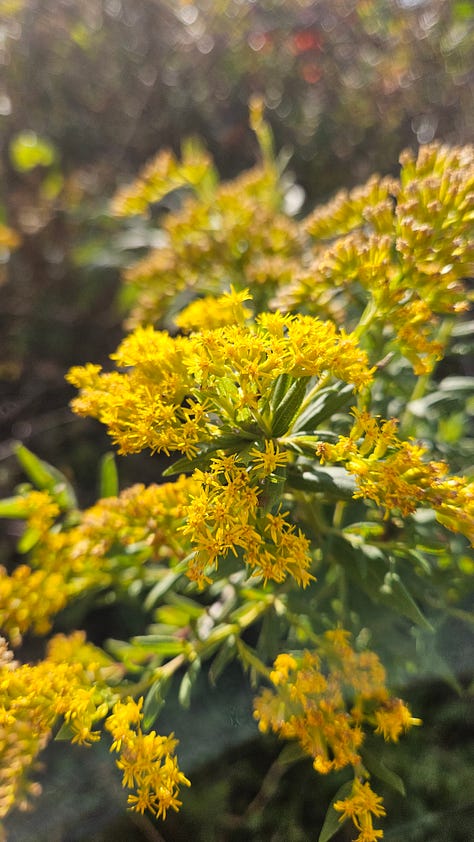
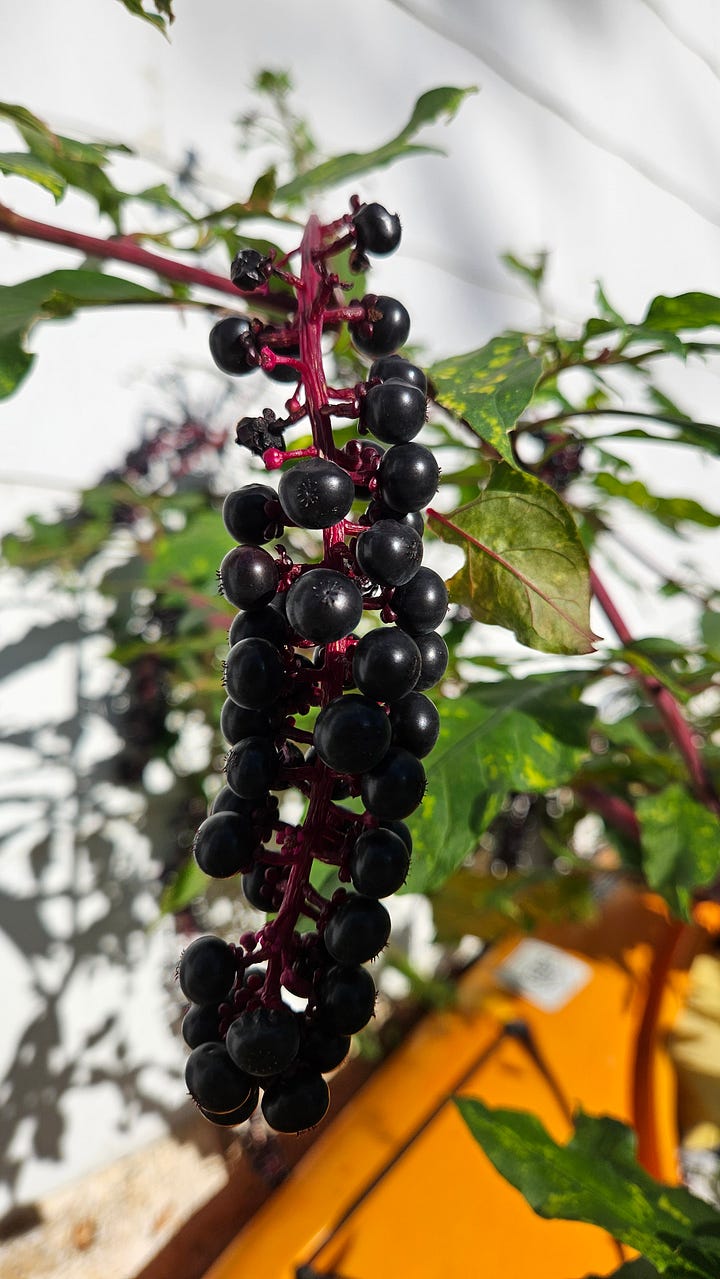
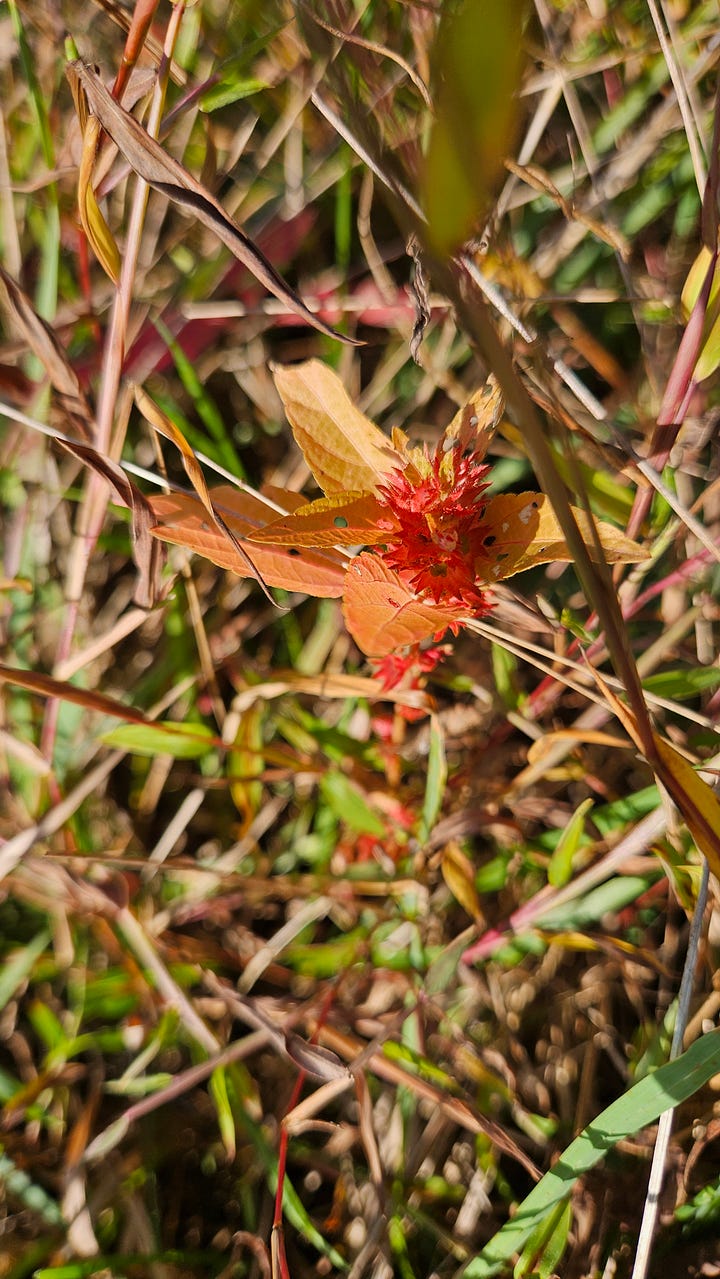
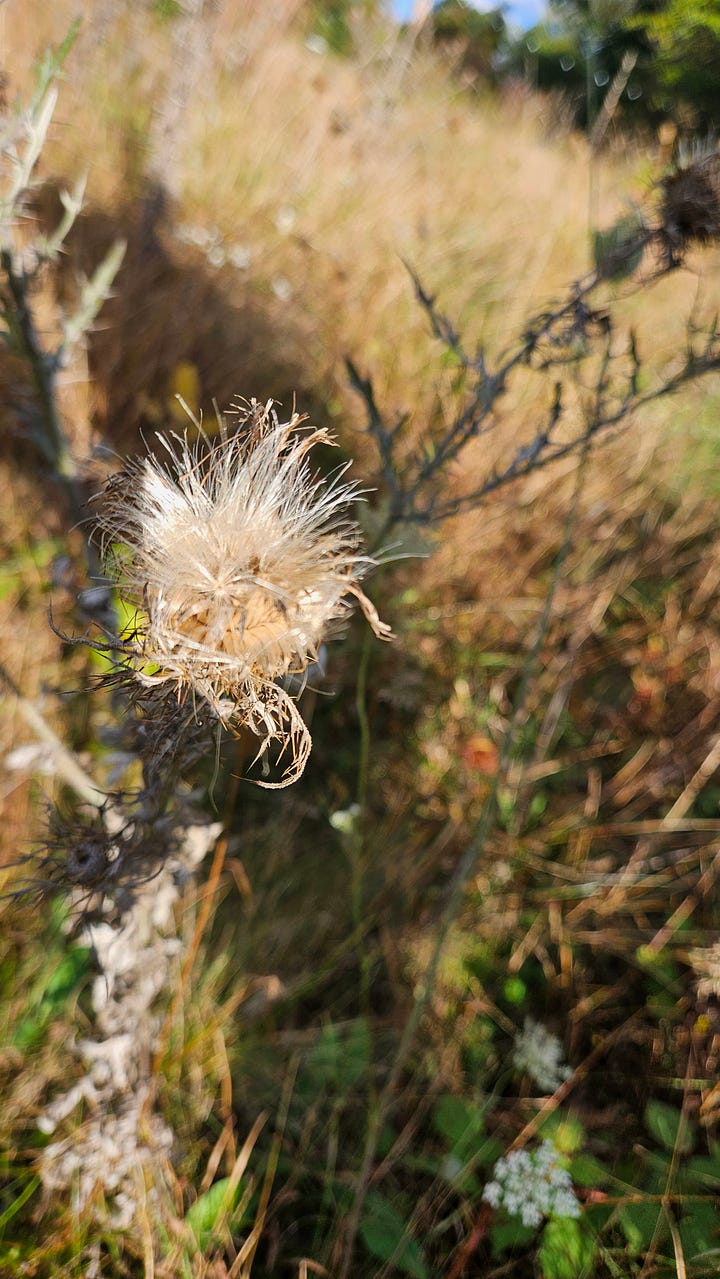
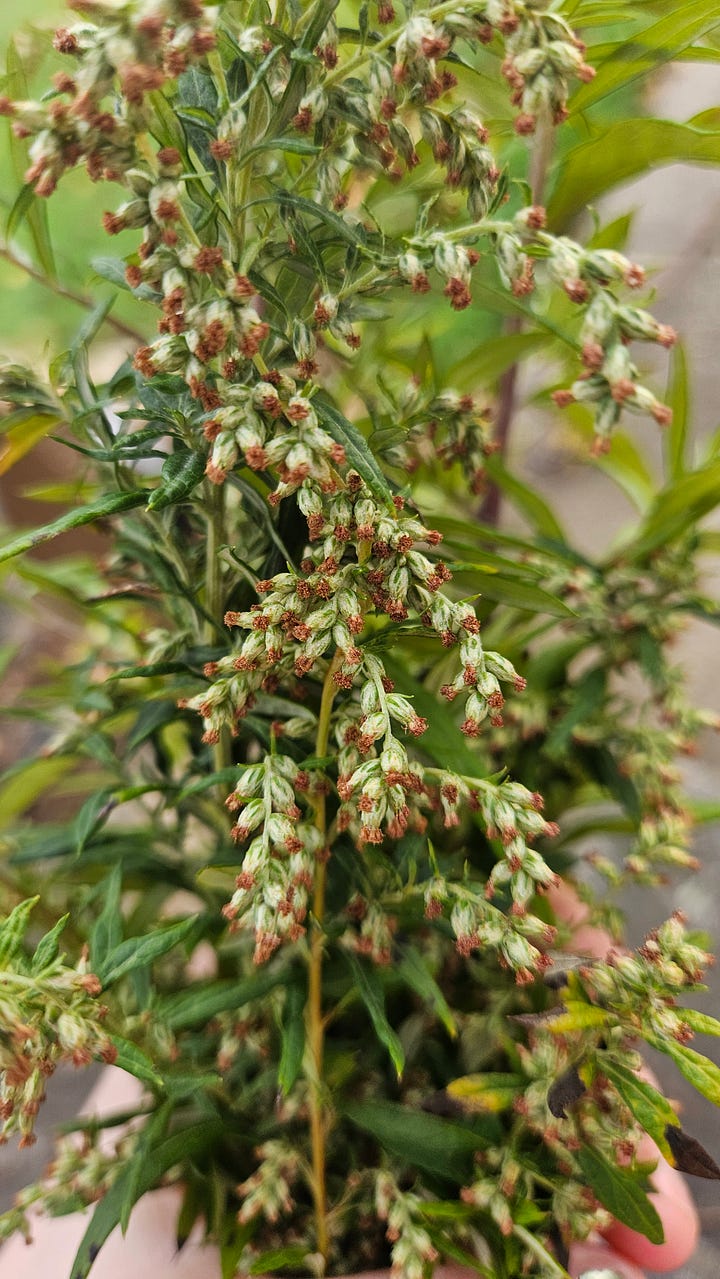
Goldenrod fades and seed pods scatter as fallen black walnut hucks oxidize and easily smash to reveal their prized walnuts inside.
🧺 This week’s recreational activities
Aaron’s conservation and beautification efforts continue with trail maintenance and a leaf blower. I was also out in the yard this week, rake in hand, adding black walnut sludge to reinforce the mulched areas to hopefully control invasive growth.
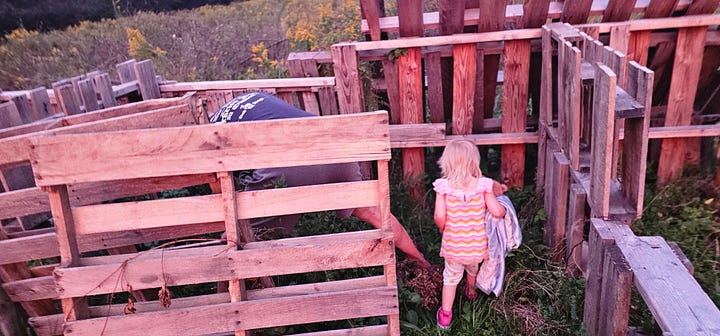
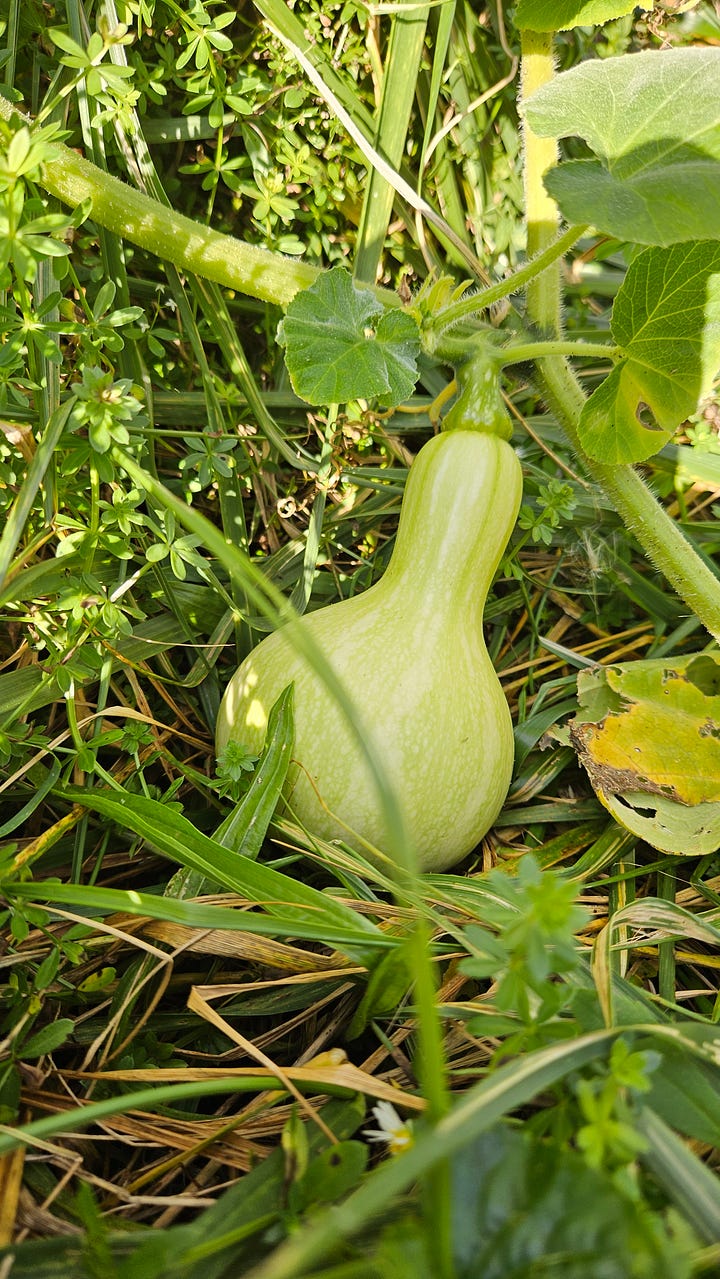
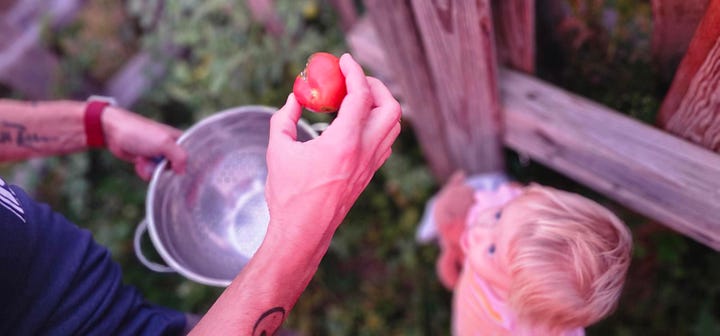
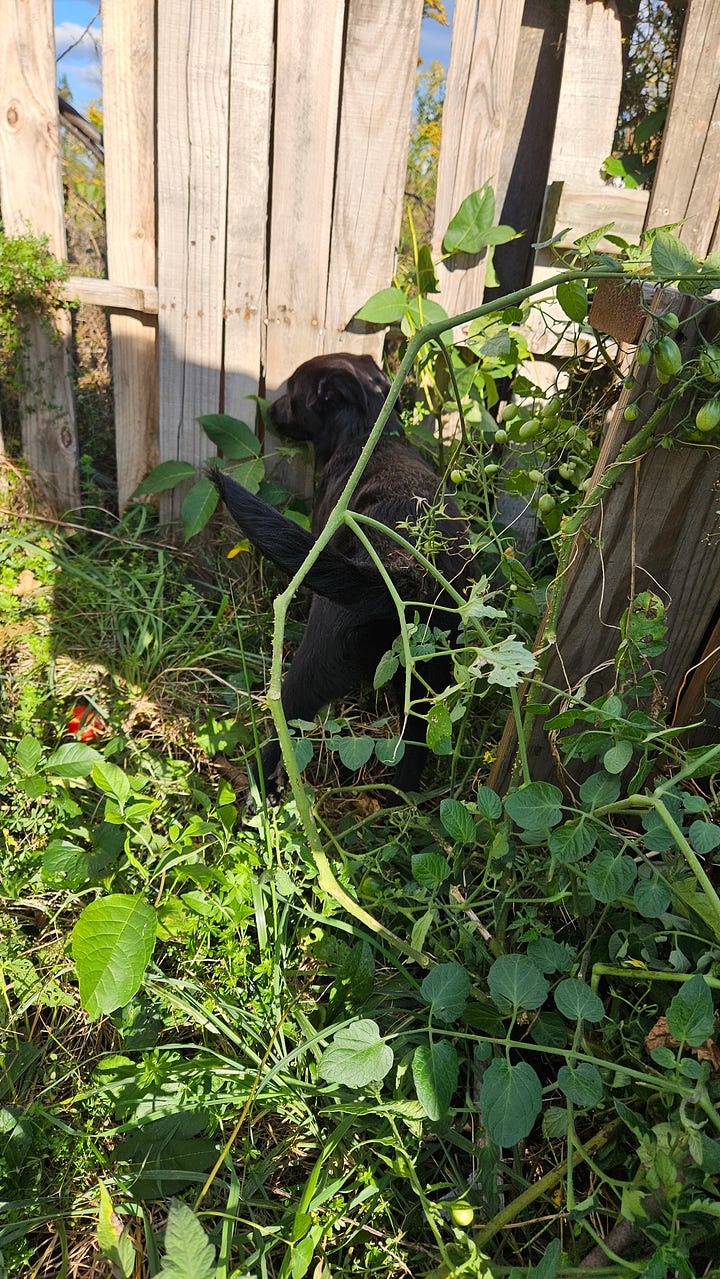
Our rogue compost garden continues to surprise us with squash babies and ripening tomatoes every time we stroll by. I cooked up some homegrown green tomatoes and foraged puffball mushrooms this week.
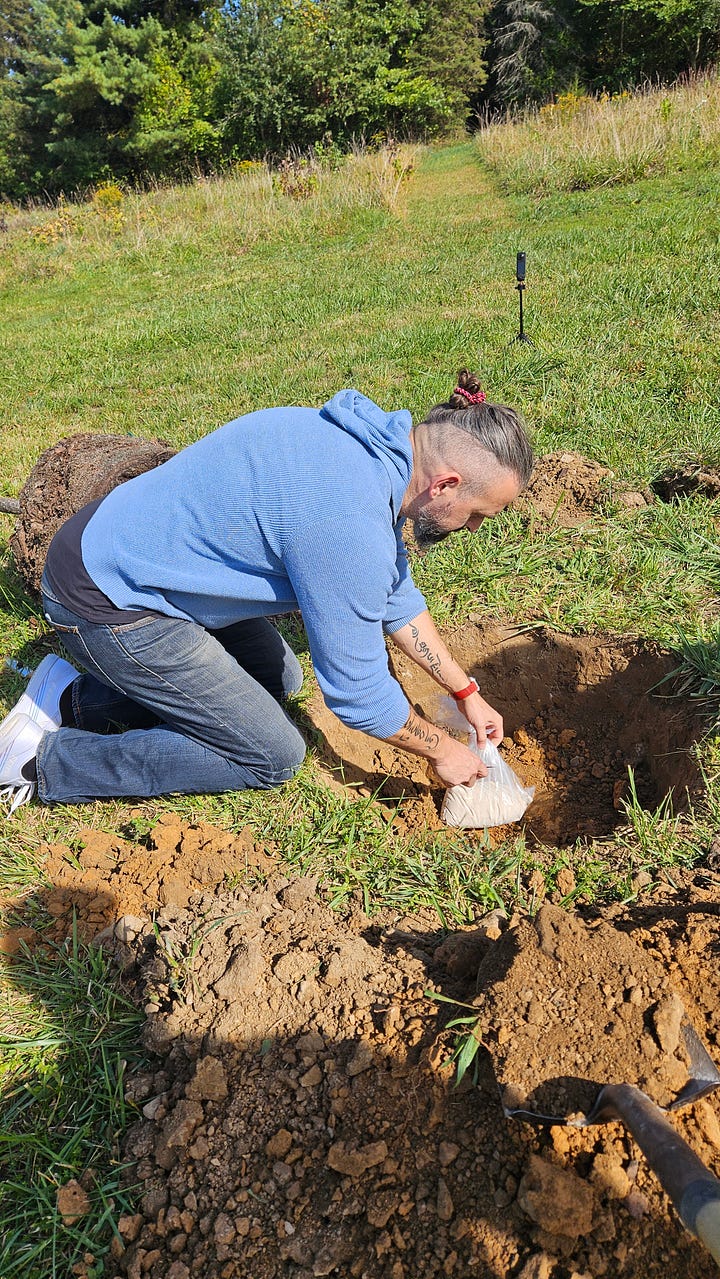
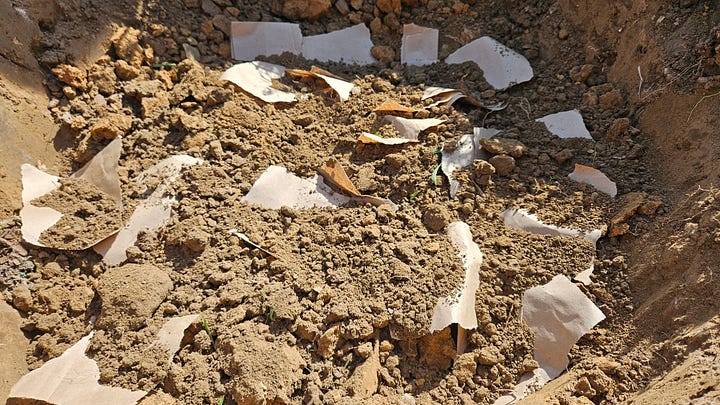
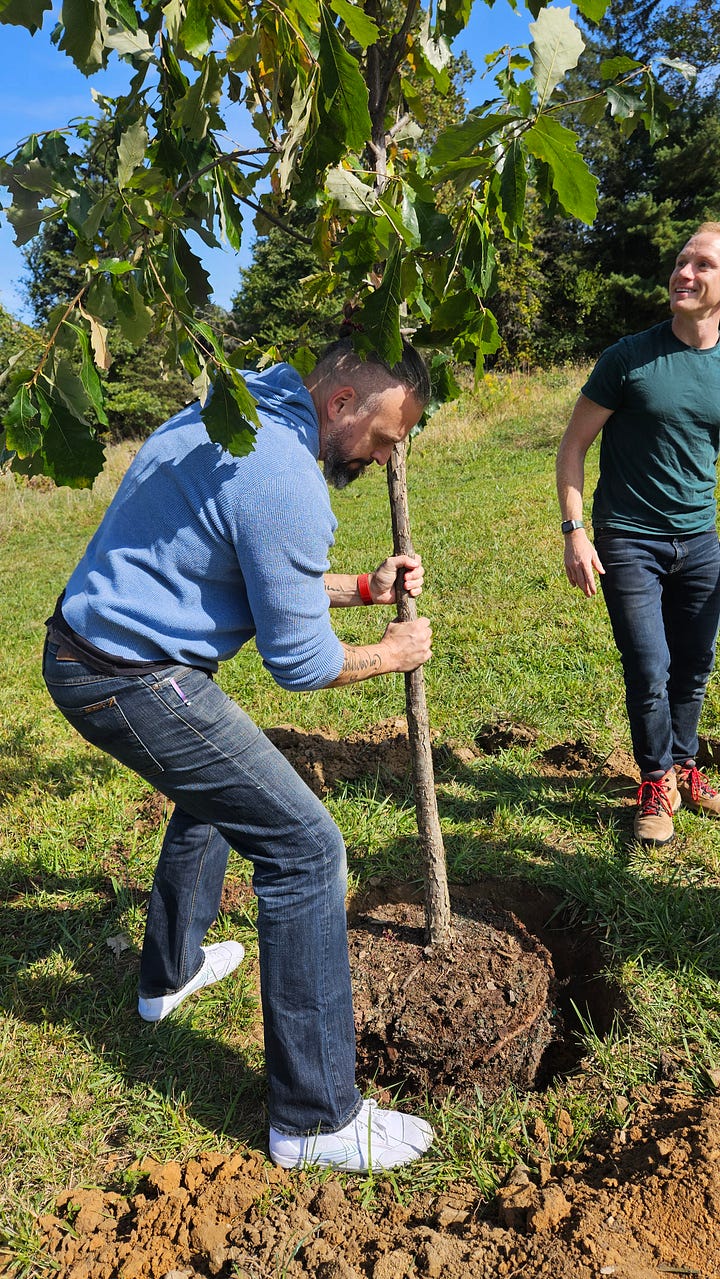
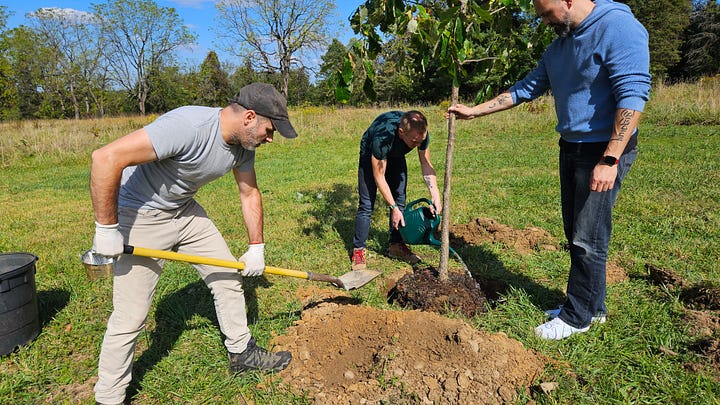
Planting the oak tree that was at the center of our Celebrational ceremony this year felt like a continuation of the moment. I’ve locked in that intention for each return trips to water the oak.
Wood Wide Web
’s role as cohost on the Longview Alive! Series is shifting as he is infusing more of his scientific training into his contributions through primary sources compilation and nerding out.“While investigating a particular reforestation method, the idea of Wood Wide Web was introduced. This is the way trees communicate among themselves through their root systems. Very interesting.” - Aaron
Very nerdy. We’re excited to see how Aaron’s voice evolves as the research he compiles and the data he collects around Longview Farm starts to paint a picture of its own.
Aaron’s contribution for us this week is an article he wrote Wood Wide Web:
The Hidden Network Beneath Our Feet: Exploring the Wood Wide Web
By Aaron D. Brown
When walking under the thick canopy of mature forest, I often wonder how so many tree species can thrive in such close proximity. There is visible evidence of their interactions as exposed roots can be seen intertwined on the forest floor. So exactly do these trees communicate with each other?
Similar to the manner in which people communicate using the internet; World Wide Web, there is an interconnected network known as the “Wood Wide Web”—a term coined to describe the symbiotic relationship between trees and mycorrhizal fungi. Through this underground system, trees communicate, share nutrients, and even warn each other of environmental threats. Research led by Dr. Suzanne Simard revealed that older “mother trees” can support younger saplings by transferring carbon and other resources via fungal networks (Simard et al., 1997).
This discovery challenges traditional views of forests as competitive ecosystems, instead highlighting cooperation and mutual support. The Wood Wide Web has profound implications for forest conservation, climate resilience, and our understanding of plant intelligence. As scientists continue to uncover the complexities of these networks, the forest emerges not just as a collection of trees, but as a thriving, collaborative community (Wohlleben, 2016; BBC Earth, 2020).
It is imperative that the health of forests are sustained through appropriate conservation efforts. Invasive species removal, selective cutting, native species plantings, and wildlife population management are just a few methods to achieve a healthy forest community.
Sources
Simard, S. W., et al. (1997). Net transfer of carbon between tree species with shared ectomycorrhizal fungi. Nature.
Wohlleben, P. (2016). The Hidden Life of Trees. Greystone Books.
BBC Earth (2020). The Wood Wide Web: How trees secretly talk to and share with each other.
🌟 Stay Alive!
Thank you for walking with us through this season of change. Your presence, your reflections, and your support keep Longview Alive! thriving. Until next time, stay alive and visit Longview Farm!
Longview Alive! is written for by Longview Farm for publication on visitlongviewfarm.com
This week’s LA! was
Written by Jessi Stead
Photography by Jessi Stead and Ilya Lehrman
Wood Wide Web Quotes by Aaron D. Brown



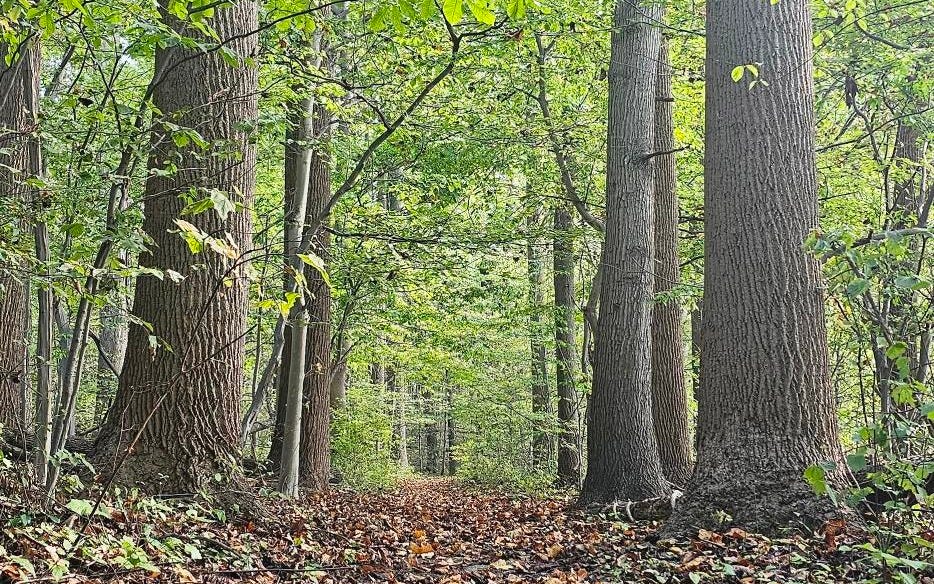
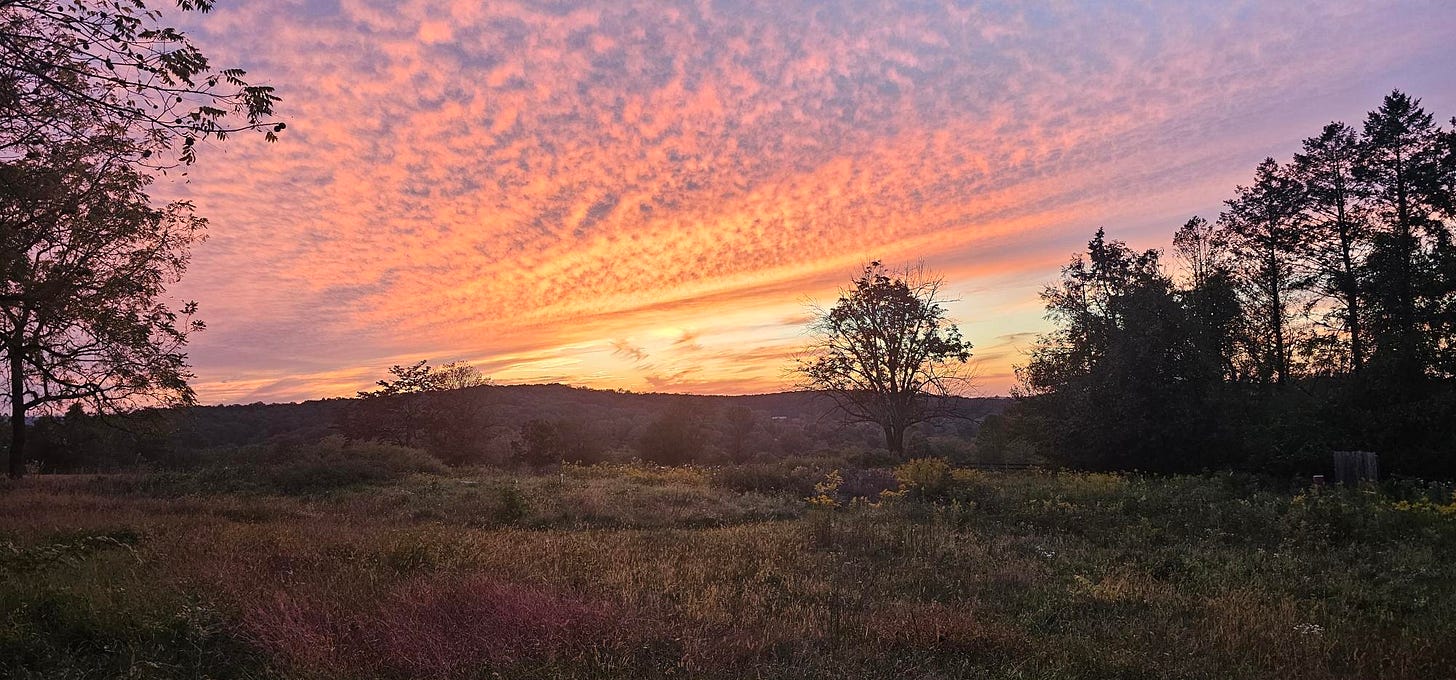
Thank you for this week's update on conservation activities at Longview, especially the role of mycorrhizal fungi in maintaining healthy and resilient forest ecosystems. Looking forward to my next visit!